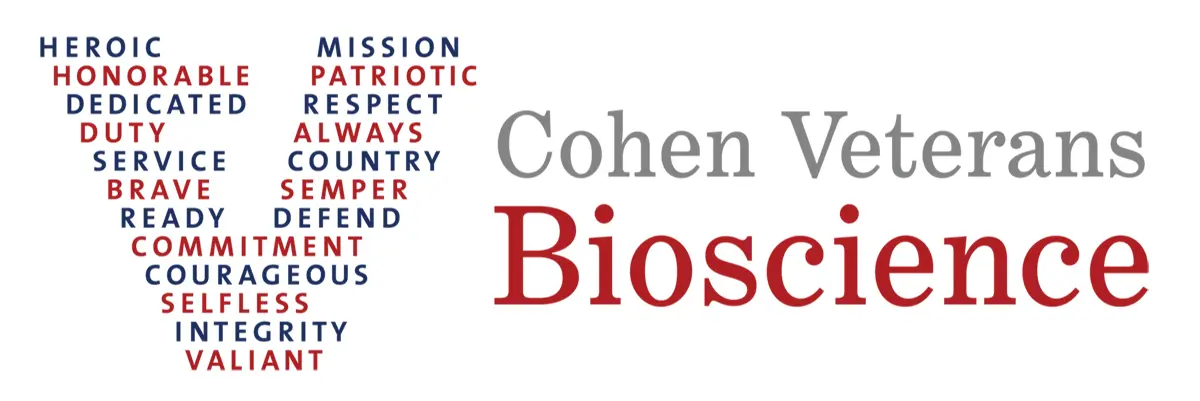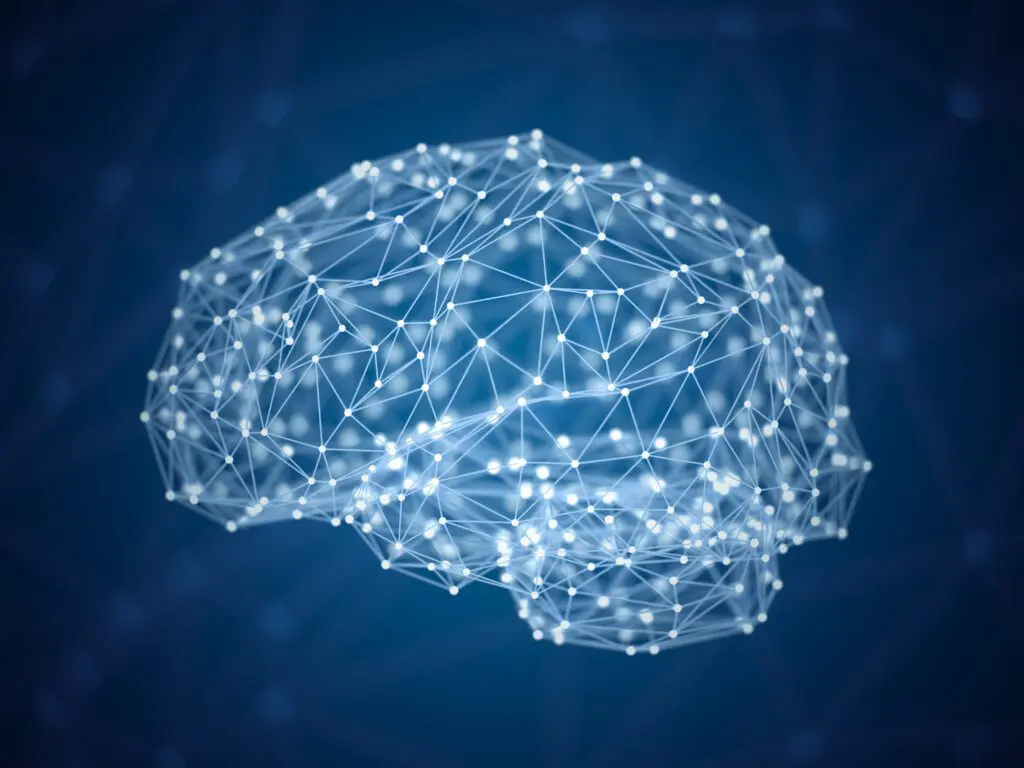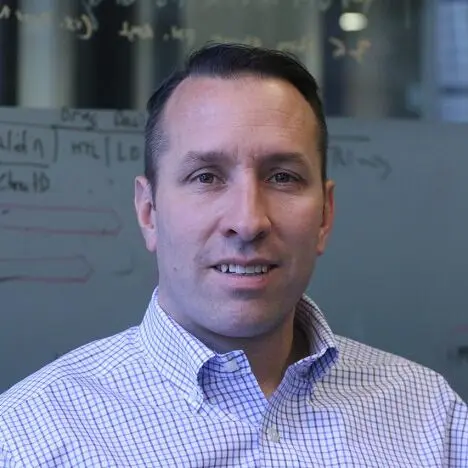Data science, machine learning, and artificial intelligence capture many variations of similar themes. Broadly speaking, data science at CVB is a field that combines computer science, mathematics, statistics, and bioinformatics to extract knowledge from data.
At CVB we are looking to apply machine learning algorithms to what we call ‘multi-modal’ data. This means data from clinical scales, self-reports, images of the brain, genetic sequences, and even sensor data derived from wearable devices. We think a lot about what we refer to as ‘systems modeling’, which I define as an approach that aims to establish connections across different data levels to fully explain the underlying biology of disease. The hope is that these types of methods will lead to better drug targets or better ways to tailor specific therapies in an individualized manner.
Psychiatric disorders such as PTSD manifest on many levels and even within a single condition are highly heterogenous (dissimilar) at the patient level. These are typically defined by a variety of symptoms, of which there exist hundreds of thousands of potential combinations that may lead to a diagnosis. This complexity, combined with a lack of available deeply phenotyped data, leads to challenges in mapping outcomes to biology to search for better biomarkers
Since we are looking at very complex datasets measuring large numbers of features (e.g a whole genetic sequence) then we need a lot of subject-level data to achieve the power to detect any meaningful signal. Therefore, the field must come together as a community with more focused data-sharing efforts to accelerate discoveries. We have seen some success here with recent efforts involving the PGC-PTSD consortium. Additionally, we are actively developing a platform, the BRAINCommons, that enables data sharing and analytics at scale while safeguarding and protecting patient data.
We are beginning to see promising data that suggests that PTSD and TBI risk and severity may be defined biologically by using large-scale data such as DNA methylation. This type of data studies how environmental factors govern how our genes work, and we are currently investigating how these patterns relate to other data modalities such as sleep, inflammatory markers, brain imaging, and genetics. Watch this space!
We are beginning to see promising data that suggests that PTSD and TBI risk and severity may be defined biologically by using large-scale data… This type of data studies how environmental factors govern how our genes work, and we are currently investigating how these patterns relate to other data modalities such as sleep, inflammatory markers, brain imaging, and genetics.
– Lee Lancashire, PhD
Chief Information Officer, CVB
















